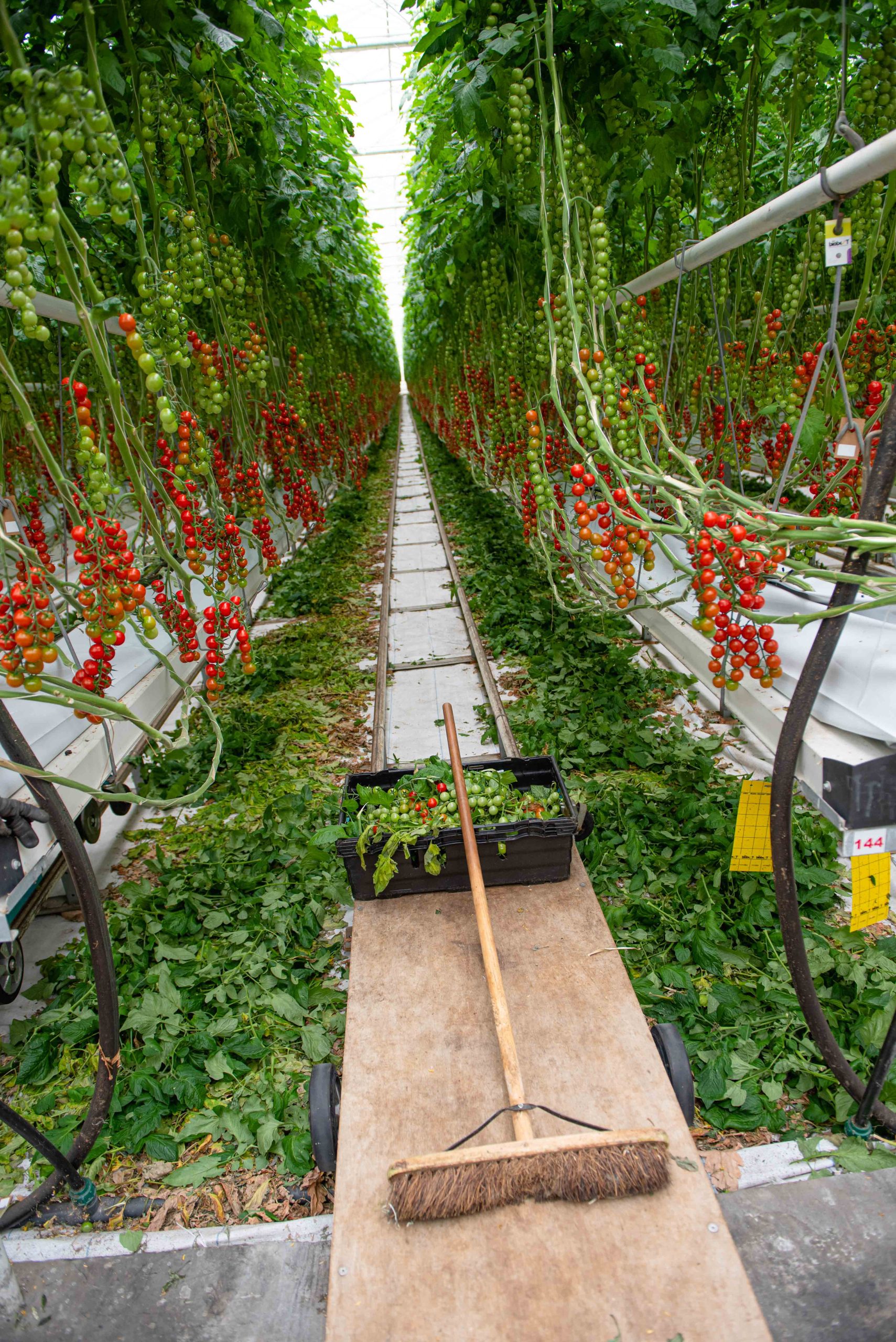The New Year is the perfect time to embrace new habits, including getting your garden in top shape. If you’re a tomato plant enthusiast, starting the year with a commitment to better plant care can set you up for a bountiful harvest. Whether you’re a seasoned gardener or a newbie, these three tips will help you give your tomato plants the best start to the year.
- Choose the Right Variety for Your Needs
Success begins with selecting the right tomato variety for your climate, space, and preferences. Whether you grow indoors, in a greenhouse, or outdoors, there’s a tomato for you.
- Indeterminate vs. determinate: Indeterminate tomatoes (like cherry or heirloom varieties) grow continuously and need staking. Determinate tomatoes (like Roma or bush varieties) grow to a fixed size and are more compact — great for smaller spaces.
- Consider your climate: In the UK, cooler summers are common, so opt for hardy, fast-maturing varieties like Gardener’s Delight or Sungold if you’re growing outdoors.
- Container vs. garden planting: If you’re limited on space, choose varieties like Tiny Tim or Patio Princess, which thrive in pots.
- Provide Proper Nutrition and Watering
Tomatoes are heavy feeders and require consistent care to thrive.
- Fertilising: Use a balanced fertiliser when planting, switching to one high in potassium (like tomato feed) once flowering starts. This helps boost fruit production.
- Watering: Keep soil evenly moist but avoid overwatering, as it can lead to root rot or splitting fruit. Inconsistent watering often results in blossom-end rot. Water in the morning to allow the leaves to dry before nightfall, reducing the risk of fungal diseases.
- Mulching: Add a layer of organic mulch, like straw or compost, around the base to retain soil moisture and regulate temperature.
- Support, Prune, and Protect
Healthy tomato plants need structural support, regular pruning, and protection from pests and diseases.
- Staking or caging: Indeterminate tomatoes require stakes or cages to keep the plant upright and prevent fruits from touching the ground, reducing rot and pest issues.
- Pruning: Remove any lower leaves that touch the soil, as well as suckers (small shoots that grow between the main stem and branches) to focus the plant’s energy on fruit production.
- Pest control: Keep an eye out for common issues like aphids, whiteflies, or blight. Use organic pest control methods like neem oil or companion planting (e.g., marigolds) to deter unwanted visitors.
Grab your gardening gloves, and let’s make this the year of the best tomato harvest yet. Happy gardening!







